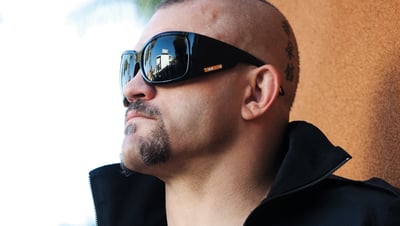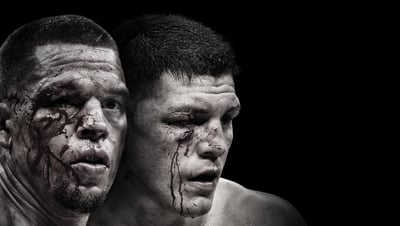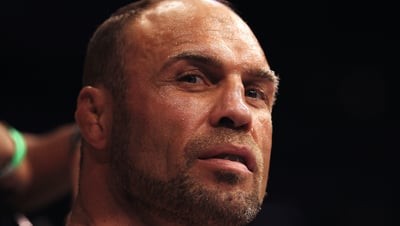
Issue 217
May 2025
India’s thriving MMA scene comes alive as Fighter’s Only’s Raj Ghosalkar pulls back the curtain on the growing number of fighters chasing big dreams from humble beginnings.
The air inside the gym hits me like a wall. It's hot, thick, and heavy with sandalwood incense. There’s no AC, just the low hum of a fan that’s seen better days. Pads thud in sharp rhythm, the kind only years of repetition can create. Sandals are scattered outside the door. Inside, bare feet move across worn-out mats patched with duct tape. In one corner, a kid who couldn’t be more than sixteen drops down for pushups. His shirt is soaked, dust clings to his knees, and the cracked concrete beneath him is another opponent he’s learned to ignore. His eyes stay fixed on a poster of Khabib above the mirror, as if he's chasing something most people around him can’t even see.

RAW BEGINNINGS
Well before the Octagon found Indian screens, fighting existed in the akharas as bare-chested kushti wrestlers were smeared with mud and frozen in crouched positions ready to attack. Respect, power, and discipline were pounded into the marrow of this combat. But MMA came with no guidebook, only a war mentality, curiosity, and the desire to fight. There were no cages, so most Indian jiu-jitsu practitioners learned the art from their foreign friends and YouTube videos. India’s first MMA gyms resembled storage facilities. Coaches also served as sparring partners. Promoters were anyone with a phone and the audacity to host an event. I recall sparring in a garage in Mumbai. The heat was heavy with sweat and diesel fumes. There was a single pair of gloves to share among four of us, a wobbly heavy bag suspended from a pipe, and the dumbbells so corroded you’d get marks on your hands. That was the grind. That was the beginning.
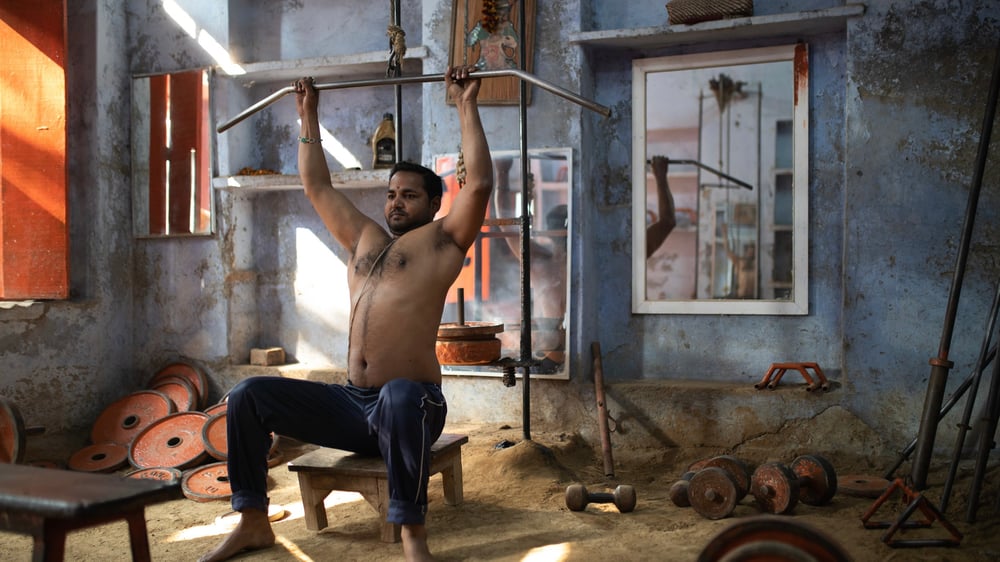
EVERYDAY STRUGGLES
It’s 6 am in Hyderabad, and the sun hasn’t beaten the smog yet. Inside a rented ring tucked behind a factory, a young fighter named Arjun trains barefoot, dodging potholes mid-shadowboxing. The canvas is torn, the ropes sag, but his focus doesn’t break. He’s fighting for something bigger than rounds or belts. He’s fighting for a future. In Mumbai, another fighter, Raj, skips breakfast most mornings. Whatever little he makes from coaching beginners or selling protein powder at his gym counter goes back into new tape, maybe a cheap mouthguard, or the occasional physio session if the bruises don’t fade in time. His parents still ask when he’ll get a real job. He shrugs and tells them soon. Injuries linger longer here. Most can’t afford MRI scans or surgeries. Fighters tape up, pop a painkiller, and push on. Sponsorships are rare. Recognition is even rarer.
“Bro,” one fighter told me between rounds, wrapping his swollen wrist with borrowed gauze. “We’re not fighting opponents, we’re fighting life.”
The hunger is constant. But so is the heart. That keeps them stepping back into the ring, day after day.
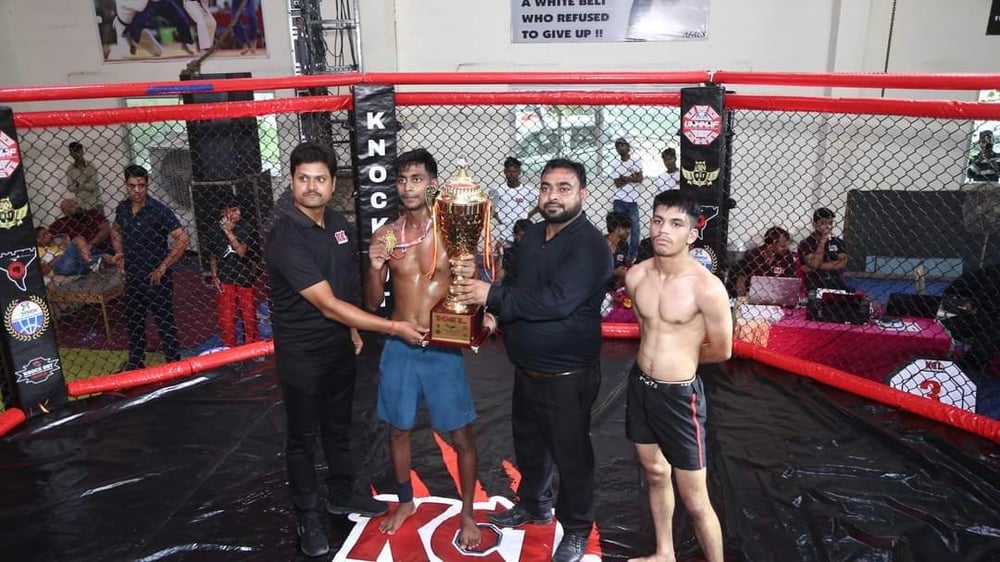
BUILDING BLOCKS
It wasn’t money or big sponsors that built Indian MMA. It was stubbornness and late-night YouTube marathons. In cities like Mumbai, Delhi, and Hyderabad, makeshift gyms popped up in basements, old garages, and even rooftops. Jiu jitsu moves were practiced from memory, passed down from a coach who had watched a Renzo Gracie tutorial ten times on a cracked phone screen. Promoters like Daniel Isaac in Nashik, or stalwarts behind Super Fight League, didn’t wait for infrastructure to arrive. They created their own stages, sometimes in malls, sometimes in the middle of open fields. Crowds came anyway.
I remember traveling five hours by train just to watch a local fight night. The cage was made of iron rods, barely holding it together. But the energy in that room was undeniable. Fighters with busted noses still smiled as they bowed to the crowd. You could feel it in the air that the sport was growing, fight by fight, round by round.
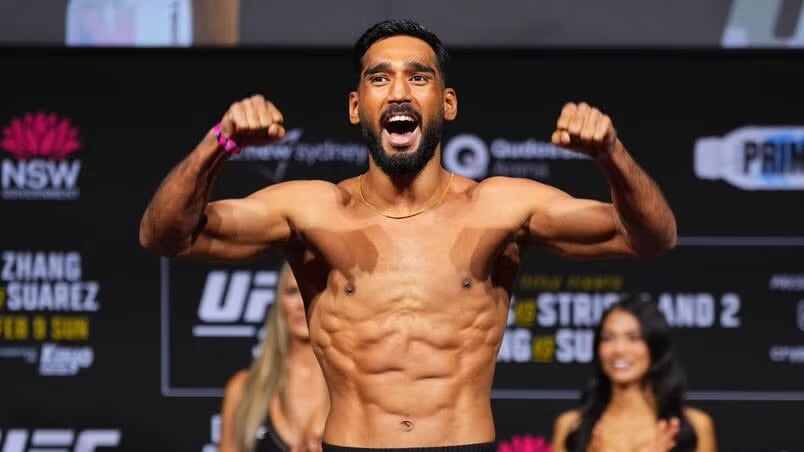
THE ONES WHO MADE IT
Amidst all this hustle, a new group of warriors has started to emerge. Names such as Anshul Jubli, Puja Tomar, and Roshan Mainam are no longer names on a fight card. They're lightning rods for the next generation. Anshul's UFC debut was a battle cry for every child working out barefoot in a parking lot back home. I met a 19-year-old flyweight outside a rundown gym in Thane. He’d just finished ten rounds of sparring in the heat, with no air conditioning or fan.
“I watch Adesanya before every session,” he told me through his cracked lips and eyes full of belief. “One day, I’ll walk into that UFC cage, too.”
Female competitors also battle through a culture that still doubts where they belong in the cage. Puja Tomar's ferocity, rooted in a Wushu foundation, mutes that skepticism with each punch she throws.
These athletes lack world-class training facilities and international-level sparring partners. What they possess is determination. Every jab is a rebuke. Every takedown is Indian MMA's forward step.
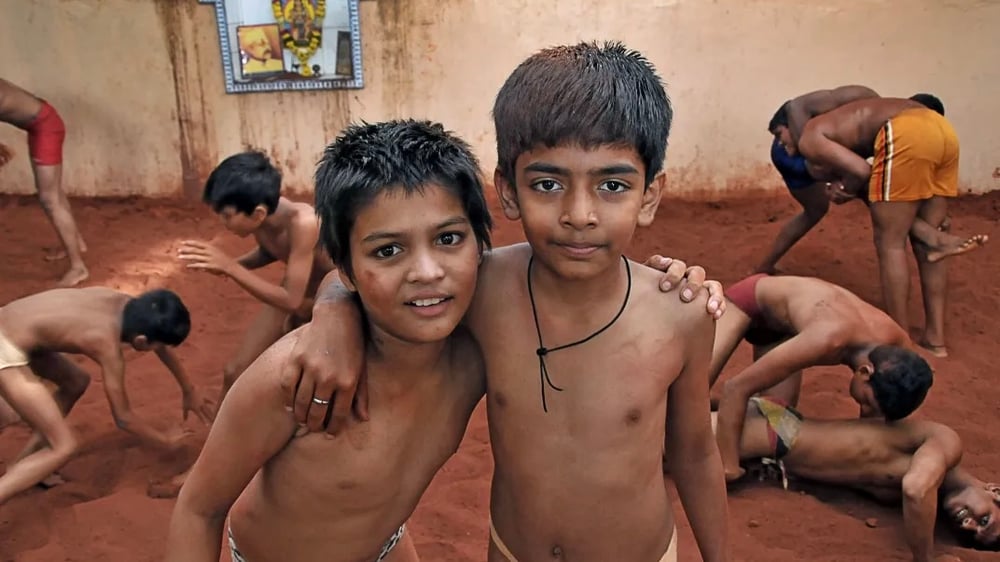
THE GYMS THAT BUILT THEM
You'll sense it before you see it when you enter a legitimate MMA gym in India. The air is heavy with sweat and ambition, the heat sticks to your skin, and the sound of pads slapping against exposed walls. There are still gyms that serve as wrestling akharas or taekwondo dojos. The cage may have more iron rods than the official structure, and the mats are patched together. I have received training at several of these locations. In one Thane gym, amateurs practiced takedowns on a concrete floor while a rusty fan whirled over a makeshift ring. The coach took a moment to play a Bellator fight video from YouTube on his phone.
"Observe how he sets up the left hook," says the coach.
This shows the hunger and hustle without a fancy projector or seminar. It is how the real Indian upcoming fighters are made. They are a completely different gravy. And the world will soon witness the fruit of their labor. It's going to take time, but it will be worth it.
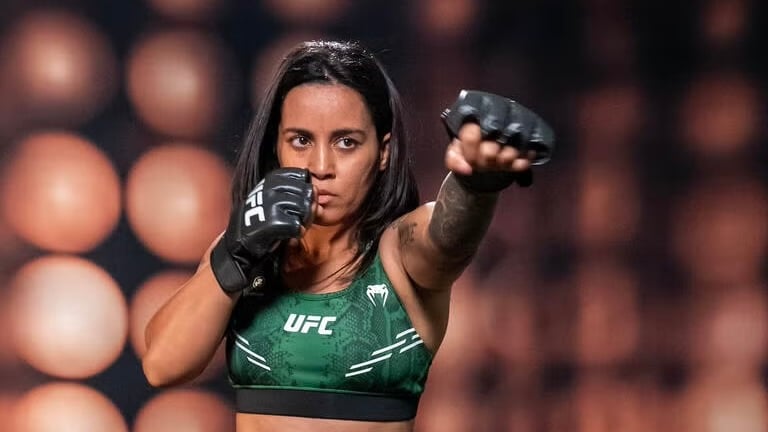
THE NEXT GEN
The Indian MMA scene is experiencing a surge of new energy. Athletes are cutting weight, throwing elite combos, and drilling transitions with discipline that rivals international standards at facilities like Mutant MMA in Mumbai and KOI Combat Academy in Bangalore. Walk into one of these gyms and you’ll see the contrast. A wall painted with UFC legends, a teenager shadowboxing in front of it, imagining his face joining theirs someday. Many of these fighters are second-generation martial artists or former wrestlers crossing over with a chip on their shoulder. They watch Islam Makhachev with the same fixation that others used to have on Tendulkar, the legendary cricket captain of the Indian national team. They know the names of all the champions, all the finishes, every training camp.
Scroll through Instagram on a Sunday morning and reel upon reel of whirling elbow KOs are being reposted by Indian pages with thousands of likes. Chai stalls outside neighborhood gyms are filled with debates over who's winning between Jon Jones and Tom Aspinall. Cricket still dominates the mainstream, but MMA is getting a seat at the table. I've seen fans pack into cafes at 7 am just to catch a UFC pay-per-view. They bring banners, chant fighter names, and cheer like it's a World Cup final. For many, this isn’t just sport. It’s their identity. From roadside gyms to college dorm rooms, the fan base is fervent, youthful, and fiercely devoted. They're not casuals. They are familiar with the training camps, the backstories, and the walkout songs. Additionally, they are becoming the next generation of warriors by signing up for classes, going to gyms, and doing more than just watching.
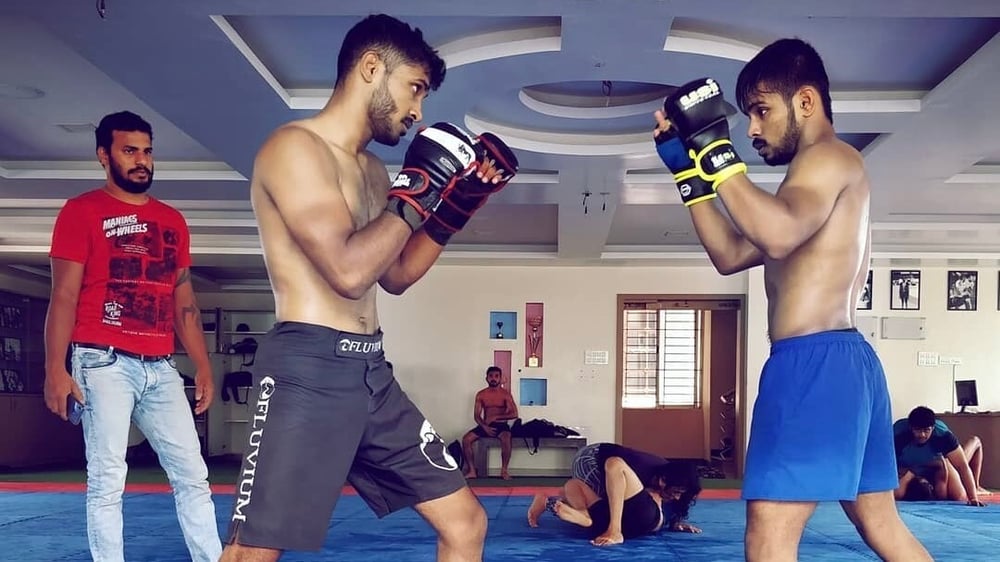
WHAT INDIA WANTS
For all the zeal and momentum, Indian MMA survives on fumes. There is no Performance Institute, no governing authority to establish safety standards, and no financial cushion. Fighters frequently self-finance camps, meds, and travel. Sponsorship is the exception and temporary. After a grueling bout, many head back to day jobs or training sessions just to pay rent, and the costly MMA training fees. Local shows do exist, but they’re inconsistent. Matchups fall through, payments get delayed, and proper medical care is often missing. Fighters are sometimes treated more like performers than athletes. Matrix Fight Night is the one promotion consistently raising the bar. With regular fight cards, structured fight camps, and better production quality, it’s become a lifeline for Indian fighters hoping to make it big.
As one Mumbai-based coach told me, “We don’t need pity. We need a platform. These kids can fight, give them a stage, and they’ll show the world.”
Despite the hurdles, from the sweatbox gyms to missing resources and outside doubts, Indian MMA refuses to fold. What began in back alleys, under tin roofs and dim lights, is now drawing the spotlight. The young fighters aren’t just watching the UFC anymore. They’re chasing it. They’re grinding in gyms from Kochi to Kashmir, sparring through the heat, learning from coaches who never had formal training but carry the heart of warriors. There’s still a long way to go. But the spirit here is impossible to fake. I’ve seen it in the eyes of kids who’ve never flown in a plane, yet dream of walking out at Madison Square Garden. They aren’t waiting for a savior. They’re building their shot, one round at a time.
...




